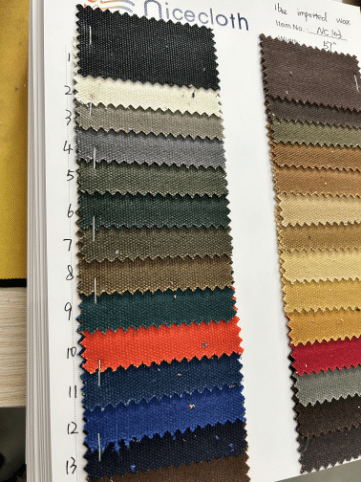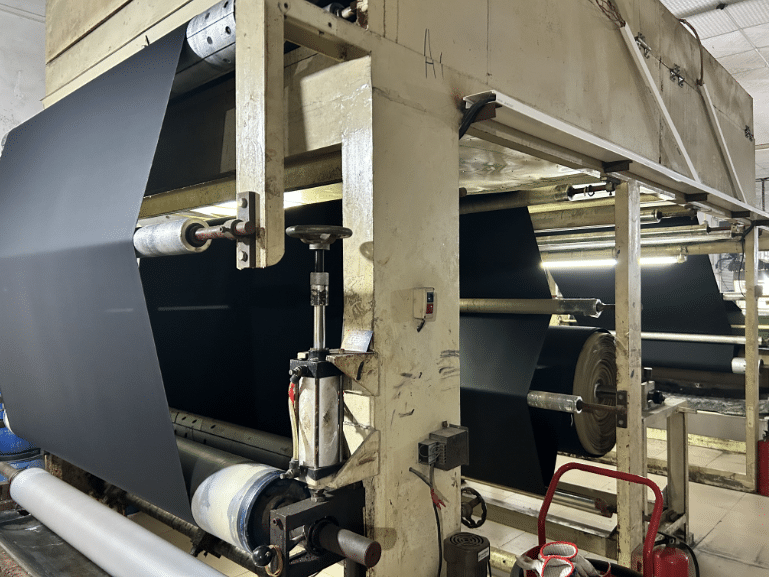In recent years, waxed canvas products have become increasingly popular due to their durability, ruggedness, and timeless appeal. From bags to jackets to accessories, waxed canvas finds application in various lifestyle and outdoor gear. However, when it comes to investing in these products, understanding the price range and evaluating their performance becomes crucial. Let’s delve into the intricacies of pricing and performance evaluation of waxed canvas items.
Factors Influencing the Price of Waxed Canvas Products
Quality of Material: The quality of the waxed canvas material plays a significant role in determining the price range. Premium-grade waxed canvas, made from high-quality cotton fabric infused with wax, tends to be more expensive. This is because the manufacturing process involves meticulous attention to detail and the use of top-notch materials.
Brand Reputation: Brand reputation also impacts the pricing of waxed canvas products. Established brands known for their craftsmanship and attention to detail often command higher prices compared to lesser-known counterparts. Customers are willing to pay a premium for the assurance of quality and reliability that comes with renowned brands.
Craftsmanship: The level of craftsmanship involved in creating waxed canvas items affects their price. Products crafted with precision and care, such as hand-stitched seams and reinforced stress points, often come with a higher price tag. The labor-intensive nature of such craftsmanship reflects in the overall cost of the product.
Features and Design: Additional features and intricate designs can contribute to the price variation among waxed canvas products. Items with added functionalities, such as multiple compartments in bags or extra layers for weatherproofing, may cost more than simpler designs. Moreover, unique and aesthetically pleasing designs may also command a premium.
Performance Evaluation of Waxed Canvas Products
When it comes to evaluating the performance of waxed canvas products, incorporating data and evidence from academic sources can provide valuable insights. Here are some key performance metrics supported by research findings:
Tensile Strength: Research conducted by textile experts has shown that high-quality waxed canvas exhibits superior tensile strength compared to untreated canvas or synthetic materials. Tensile strength measures the maximum stress a material can endure without tearing apart. Products with higher tensile strength offer greater durability and resistance to wear and tear.
Abrasion Resistance: Studies have demonstrated that waxed canvas has excellent abrasion resistance, making it suitable for rugged outdoor use. Abrasion resistance refers to the ability of a material to withstand frictional forces without deteriorating. Waxed canvas products, especially those with dense weaves and multiple wax coatings, show minimal signs of abrasion even after prolonged use in harsh environments.
Hydro static Pressure Test: Hydro static pressure testing is commonly used to evaluate the water resistance of fabrics, including waxed canvas. Research has indicated that properly waxed canvas exhibits high hydro static pressure ratings, indicating its effectiveness in repelling water. Products with higher hydro static pressure ratings provide better protection against moisture penetration, ensuring the contents remain dry even in wet conditions.
Breath ability: While waxed canvas is known for its water resistance, maintaining breath ability is essential for user comfort. Studies have shown that the breath ability of waxed canvas can vary depending on factors such as the type of wax used and the density of the fabric weave. Well-designed products with breathable wax formulations and strategically placed ventilation features offer enhanced comfort during extended wear.
Longevity and Field Testing: Longitudinal studies and field testing provide valuable real-world insights into the performance of waxed canvas products over time. Research projects that track the usage patterns, maintenance routines, and overall satisfaction of users can offer comprehensive assessments of durability, water resistance, and comfort. Long-term data analysis helps identify potential areas for improvement and informs product development strategies.

Conclusion
In conclusion, the price range and performance evaluation of waxed canvas products are influenced by various factors. From the quality of material and craftsmanship to brand reputation and design features, several elements contribute to pricing differences. When assessing the performance of these products, factors such as durability, water resistance, breath ability, and maintenance requirements play a crucial role. By understanding these aspects, consumers can make informed decisions and invest in waxed canvas items that align with their preferences and requirements.
